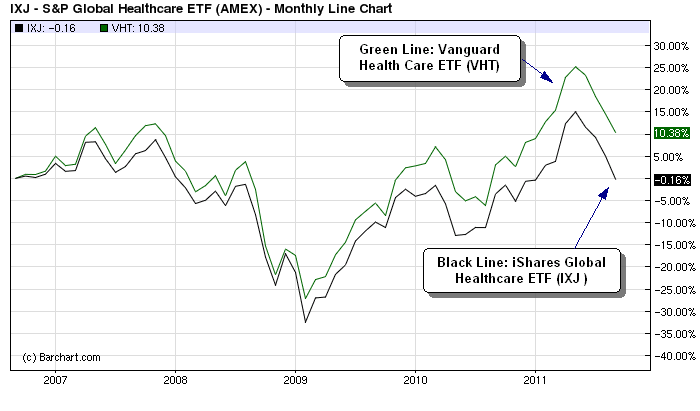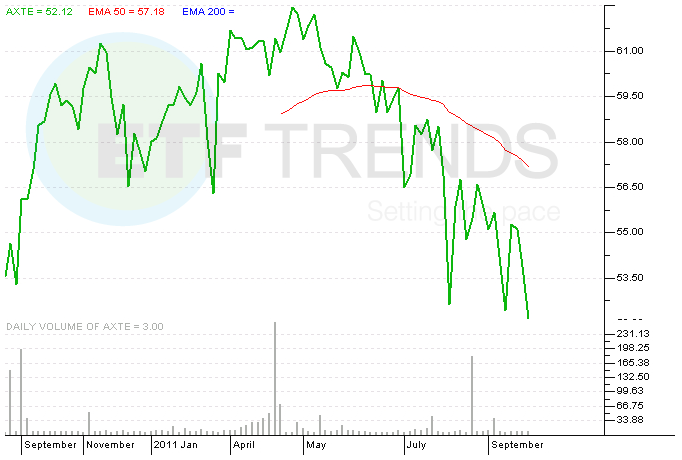Are Active ETFs Worth The Management Fee Premium iShares MSCI ACWI Index Fund (NASDAQ ACWI)
Post on: 16 Март, 2015 No Comment

ETFs are continuing to grow exponentially in the number of offerings and assets under management.
Just last week, the U.S.-listed ETF market hit a new all-time high of $1.762 trillion, and the total number of funds is nearing 1,600.
With so many funds now in the mix, ETF providers are continuing to introduce innovative active strategies to compete with established passive indexes. While active management typically leads to creative portfolios, it also paves the way for higher fees to subsidize research, security selection and trading.
It’s natural to question whether or not paying a higher fee for active management will truly result in better performance over a passive benchmark. In some cases it certainly can result in better total return, while in others you may be throwing good money after bad.
Related: Europe ETFs Show Convincing Strength
One of the most successful active ETF launches of the past several years is the PIMCO Total Return ETF (NYSE: BOND ). This core fixed income ETF has amassed over $3.3 billion in a fund that charges 0.55 percent annually.
The best comparative benchmark for BOND is the iShares Core U.S. Total Bond Market ETF (NYSE: AGG ). This aggregate bond portfolio charges a very modest 0.08 percent and has nearly $17 billion in total assets.
While BOND has an expense ratio nearly seven times greater than AGG, it has been able to achieve a far superior track record over the last two years. During that time frame, BOND has gained 9.43 percent, while AGG has returned a lackluster 3.21 percent to shareholders.
Clearly in this instance, it has been worth paying the higher fee for greater reward. However, that level of outperformance does not translate to every actively managed ETF.
The AdvisorShares Equity Pro ETF (NYSE: EPRO) is a “fund of funds” strategy that rotates between global sector ETFs to try and outperform the broader market. Over the last two years, EPRO has been unable to keep pace with a passive global index such as the iShares MSCI ACWI ETF (NASDAQ: ACWI ).

Over that period, EPRO returned 27.30 percent, while ACWI gained 35.06 percent. EPRO also charges a net expense ratio of 1.48 percent, while ACWI is listed at a more palatable 0.33 percent.
In this instance, the drag of higher management fees in EPRO, coupled with a sub-optimal asset allocation mix, produced a less favorable outcome.
It seems there are instances where actively-managed ETFs tend to perform much better than their passively managed peers, and other periods when the roles reverse. That being said, they should continue to be on your guard and watched closely, as new active strategies are introduced.
Editor’s note: On December 1, 2013, EPRO changed its investment strategy and portfolio manager. Performance prior to December 1, 2013 reflects the Fund’s performance prior to the change in manager and may not be indicative of the Fund’s performance under the new manager.
2015 Benzinga.com. Benzinga does not provide investment advice. All rights reserved.














